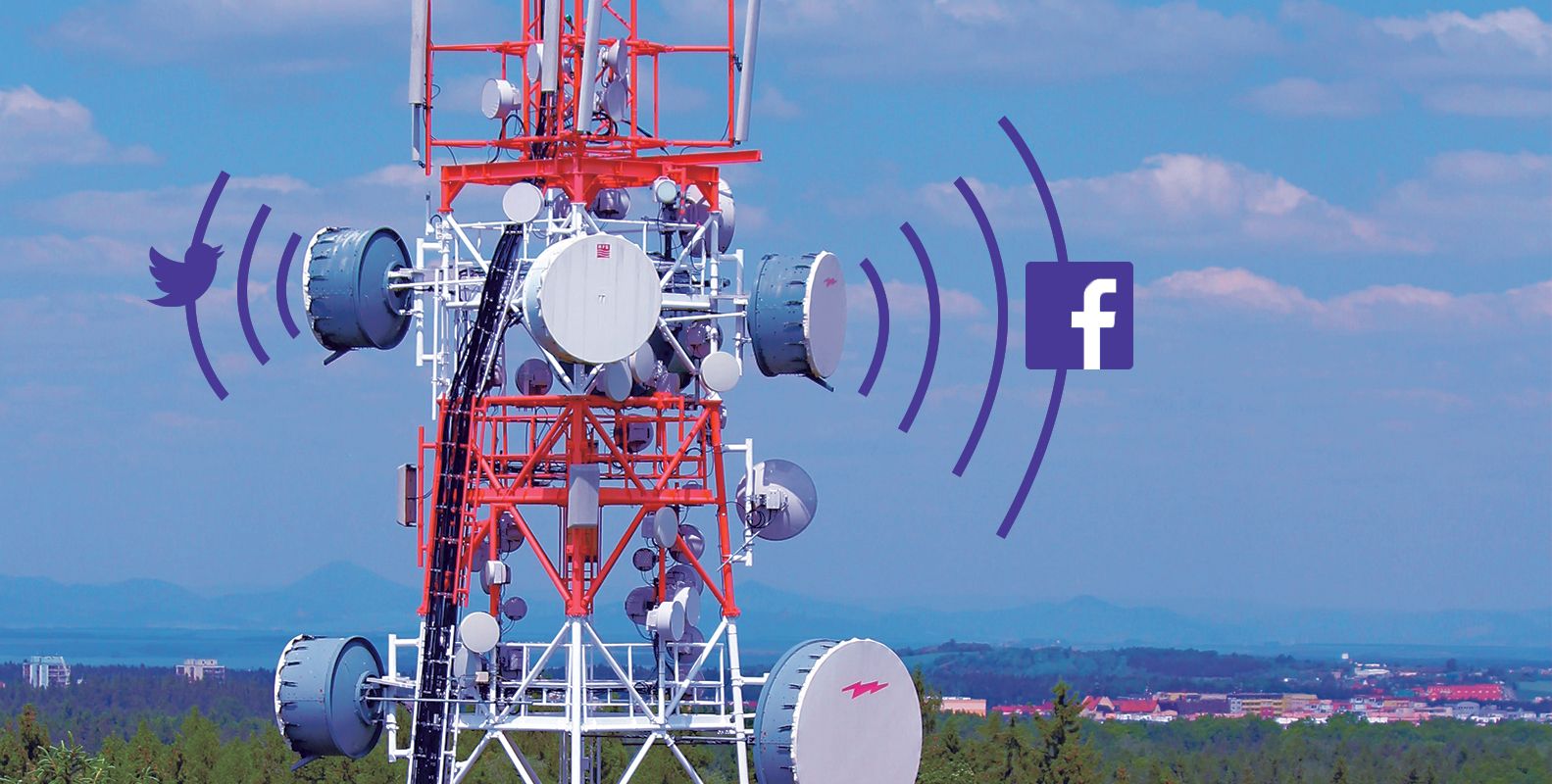Communicating COVID-19: Keep Communication Unified.
With over 30 years of field experience in crisis communications, Terilyn Finders shares her advice for school leaders

Perhaps no one is better equipped to advise districts on communicating COVID-19 than Terilyn Finders. With over 30 years of corporate and crisis communications experience, Finders now works as the Director of Communications and Legislative Affairs for Fagen Friedman & Fulfrost, a law firm specializing in education law.
We spoke with Finders on March 12, before the sweeping closures of schools in several states. While communications change in the event of a school closure, Finders yields key best practices for consistent and timely communication based on her experience advising school districts across a myriad of crisis and urgent situations. Here’s what we learned.
Designate a point person.
As districts are sending out lots of quick updates, it can be difficult to keep those updates unified. “Here is what I see working best: make sure that the district is clear on who their communications point person is, and that person should be a hub for all communication,” says Finders. Designating a single point person to check updates helps keep information consistent.
Sequence internal and external communication.
“Consider the importance of pushing updates to your employees before sending them out to all families,” says Finders. It’s not that the information being delivered will change—it won’t. The move simply helps employees prepare for questions. “Parents often take their questions directly to teachers, site administration, or the front office at their child's school,” Finders explains. When handling these questions, a little notice goes a long way.
Another practical tip from Finders: send the message to all internal groups as well, including members of the board of education, district and site administration, union leadership and employees before families. Then, in the cover message, be sure to let these groups know when you will be releasing the information to families—specify the exact time—and let employees know where they can send questions.
“If you’re going to make a big announcement, like canceling all school events or even classes, you really want to make that announcement internally before you push it externally,” Finders recommends. “When you can share that information internally before you push it out to the full community, that prepares them to answer parent questions. You don’t want your employees saying, I don’t know what you’re talking about.”
As a final note, Finders urges administrators to make sure they keep all employees in the loop. “It’s really important that they have emergency contact information for part-time people, walk-on coaches, that music specialist that comes in one or two days a week,” she says. “All of these people should be getting updates from you—not just some of them.”
Huddle up.
Finders recommends forming “huddles”—small, regular meetings with key administrators like the district’s executive cabinet as well as directors who may not regularly participate in the cabinet but who are relevant to the issue at hand. In the case of COVID-19, these members might include the district nurse as well as the director of maintenance and operations and the director of custodial and nutrition services. “Huddles can be by phone or they can be in person, but districts need to make sure that the leaders of key functions are touching base to keep information current and consistent,” she explains.
Finders recommends deciding on a time that works for everyone—once or twice a day—and meeting consistently at that time, even if there aren’t new updates.
Tell your community when to expect an update.
Let employees and families know when to expect an update from the district. In some situations, a daily update is warranted. “This is what I am seeing with COVID-19,” says Finders. In the case of a lock down with law enforcement on campus, however, Finders recommends sending more frequent updates as well as specifically clarifying the frequency—every 30 minutes—even if the status has not changed. Keeping an eye on social media can also inform what information is included in each update.
Practice regular two-way communication with your community.
During any sort of urgent situation, employees and parents need information—and they need a place to ask questions. So clarify where questions should be sent, who will be responding to those questions, and how that person will share the answer.
When we asked Finders how best to reduce community anxiety around COVID-19, she gave us two tips. "Deliver timely and reliable communication,” she says, “And reinforce the directives from public health professionals.”
In the end, Finders stays hopeful. “I’ve met hundreds of superintendents, and I’ve not met one who would ever take a chance on someone’s safety or wellbeing—not one,” Finders tells us. “Stay in that lane and find language that conveys that message.”

SchoolCEO is free for K-12 school leaders. Subscribe below to have a digital copy of the most recent edition of SchoolCEO sent to your inbox.

